Distant ‘quasar tsunamis’ are ripping their own galaxies apart0
- From Around the Web, Space
- March 25, 2020
The most energetic objects in the universe may be stopping the biggest galaxies from growing bigger.
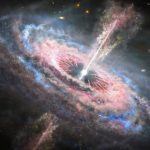
The most energetic objects in the universe may be stopping the biggest galaxies from growing bigger.

In 2011, NASA’s MESSENGER orbiter detected signals typical of glacial ice near the poles on Mercury. The ice was dingy and lurked in permanent shadows in numerous polar craters. According to new research led by Georgia Institute of Technology researchers, the extreme heat on Mercury, where daytime temperatures reach 400 degrees Celsius (750 degrees Fahrenheit), helps make some of that ice.
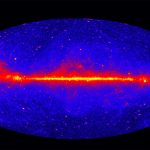
Our galaxy spans 1.9 million light-years, a new study finds
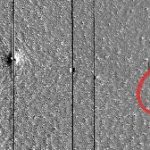
It might look like Deep Space Nine is visiting our solar system, but it has a scientific explanation.
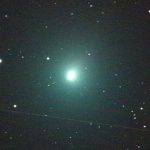
For years, amateur astronomers have been waiting for a bright, naked-eye comet to pass by Earth — and finally, such an object may have arrived.

Four proposals will get funds for nine months of study before two are chosen to go ahead

The carbon-rich asteroid Ryugu may have come together just 10 million years or so ago.

Dust and sand slide down slopes on Mars in little avalanches.
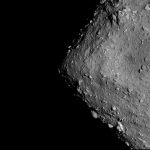
The solar system formed approximately 4.5 billion years ago. Numerous fragments that bear witness to this early era orbit the sun as asteroids. Around three-quarters of these are carbon-rich C-type asteroids, such as 162173 Ryugu, which was the target of the Japanese Hayabusa2 mission in 2018 and 2019.

NASA told its InSight lander to thwack its shovel free of the Martian soil, and it worked.



